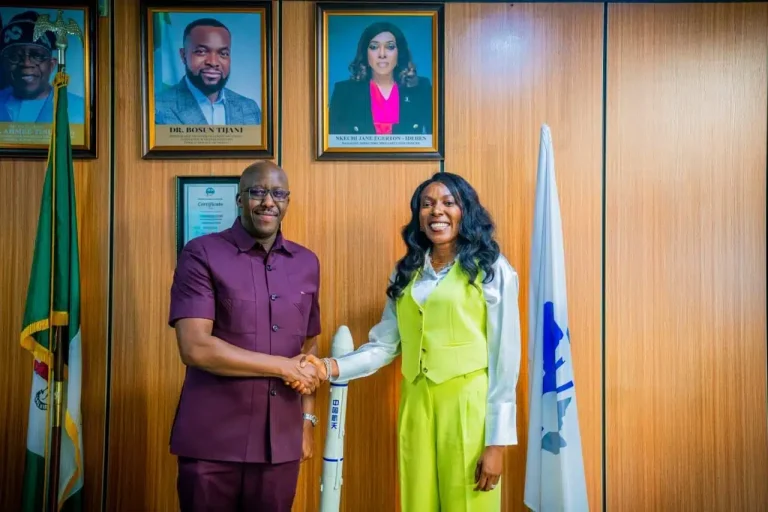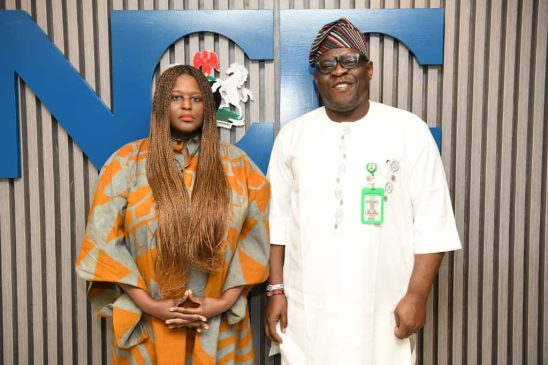It’s the first clinical trial of the technology
Doctors successfully transplanted a 3D-printed ear made from human cells onto a woman born with a rare ear deformity, 3DBio Therapeutics, the regenerative medicine company behind the implant announced today in a press release. The transplant was part of the first clinical trial of the technology, and its success marks a major step forward for tissue engineering.
“If everything goes as planned, this will revolutionize the way this is done,” Arturo Bonilla, the ear reconstruction surgeon who led the team performing the procedure, told The New York Times.
Around 1,500 babies born in the United States each year have microtia, a condition where one or both ears are underdeveloped or missing entirely. 3DBio Therapeutics has an ongoing clinical trial with 11 participants testing its AuriNovo ear, a personalized tissue implant to replace the missing ear in these patients.
Typically, microtia patients have ears constructed from rib grafts or synthetic materials. Instead, this experimental process involves taking a biopsy from the patient’s existing ear and pulling out cartilage cells. Those cells are then grown and 3D printed into the shape of the patient’s ear. The ear keeps regenerating cartilage over patients’ lifetimes, and because it is made from their own cells, it’s less likely to be rejected, the company told The New York Times.
It’s been a major year so far for advancements in transplant technology. In January, doctors gave a patient a heart transplant with a pig heart, although the patient died a few months later. Other research groups are working on 3D-printed lungs and 3D-printed blood vessels. Executives from 3DBio Therapeutics told The New York Times they thought their technology could potentially print other body parts like noses and rotator cuffs and, eventually, complex organs like livers and kidneys.
Ears are simpler than organs and, unlike livers, aren’t necessary to keep people alive, so it’ll be a long road toward that potential future. “But it’s more realistic if you’ve got the ear,” Adam Feinberg, a professor of biomedical engineering and materials science and engineering at Carnegie Mellon University, told The New York Times.












+ There are no comments
Add yours